Increasing Project Success with Azure DevOps
Thanks for coming back to our blog! We are excited to kick off our blog with a series on a tool we all use in our project deployment process: Azure DevOps.
The appropriate tools can make all the difference in the world of project management. Azure DevOps (ADO) is one such product that has greatly increased in popularity. Project managers and team leaders love it for its adaptability and comprehensive features. ADO can be the ideal answer if you frequently switch between other platforms, like as OneNote, emails, and Post-it notes, to keep track of projects and responsibilities. It enables you to manage a complete project and clearly see who is working on what while providing seamless organization capabilities. Come along with us as we explore the world of ADO and its potential for efficient project management. To get the most out of this fantastic tool, we’ll discuss its essential features, license options, and best practices in this blog series. Prepare yourself for a revealing adventure into the world of Azure DevOps!
Azure DevOps stands out as a dependable and all-inclusive option when it comes to project management tools. Its seamless integration and navigation will be especially enticing to individuals who are accustomed to using Microsoft programs. Jira and Trello have previously been well-liked alternatives, showing comparable notions of project management and task administration. Microsoft’s approach offers familiarity and consistency, but ADO has the advantage. Moving to ADO can result in a greater appreciation for its features than with other systems. Join us as we examine the benefits and distinctive features of ADO and how it has evolved into the go-to tool for efficient project management.
The accessibility and affordability of Azure DevOps are two outstanding features. Many users would be pleasantly surprised to learn that their current Microsoft 365 or Dynamics subscription already grants them access to ADO. They can use the capability of this project management application without paying any additional fees, so to speak. The pricing is quite reasonable, even for those who would need to buy licenses, with the first five users being free and additional users just costing $5 per month. ADO is a useful collaboration tool within the Microsoft environment because it is a Microsoft-hosted solution and is purposefully incorporated into a number of licensing packages. This integration demonstrates Microsoft’s understanding of how its tools work together and its dedication to streamlining licensing procedures for improved customer convenience and experience.
A variety of compelling features offered by Azure DevOps are tailored to various project team responsibilities. The Kanban board, which enables effective task management and organization, is one noteworthy aspect. While developers make use of the code repository section to manage code updates and collaborations, functional consultants frequently use ADO to keep track of customer requirements and project objectives. ADO’s test plans give quality assurance teams a dedicated area to run tests and automate testing procedures. ADO’s capabilities are further increased by the accessibility of pipelines and artifacts, which provide alternatives for automating solution deployment and optimizing development processes. Due to its adaptability, ADO is a crucial tool for project management because it offers separate regions that may be customized to meet the demands of different team members. Whether it’s managing code repositories, scheduling work, keeping track of requirements, or carrying out test plans, Azure DevOps delivers a complete environment that promotes cooperation, boosts productivity, and guarantees project success.
There is no one-size-fits-all strategy for using Azure DevOps. It’s fine that every team and business will use the product in a different way. ADO’s adaptability enables flexibility based on the particular requirements and workload of the team. Although it’s crucial to establish a hierarchy and specify how certain work items, including epics, features, and user stories, will be used, there is still opportunity for customization and tweaking ADO to accommodate preferences. The most important step is to configure it in a way that meets the needs of the company and inform everyone on the team of its intended use. It is simpler to secure buy-in and ensure that ADO is used successfully by setting out clarity and guidelines, which optimizes productivity and streamlines project management procedures.
As a result, Azure DevOps demonstrates to be a trustworthy and all-inclusive solution for efficient project management. It is a desirable option because of its smooth integration with Microsoft technologies, accessibility through existing licenses, and reasonable pricing. A flexible ecosystem is offered by the Kanban board, code repository, test plans, pipelines, and artifacts to accommodate various team roles and needs. The main lesson here is that there is no one proper method to use ADO, so teams can tailor the tool to meet their unique requirements. Businesses should make the most of ADO’s advantages by establishing a clear hierarchy and disseminating usage instructions, which will encourage teamwork, productivity, and project success.
Check out our podcast episode All About Azure DevOps, Part 1 where we discuss this topic: Ep 23 – All About Azure DevOps, part 1 – Dynamics Hotdish.
Come back next week as we start to dive into work items available in Azure DevOps: Epics & Features.
